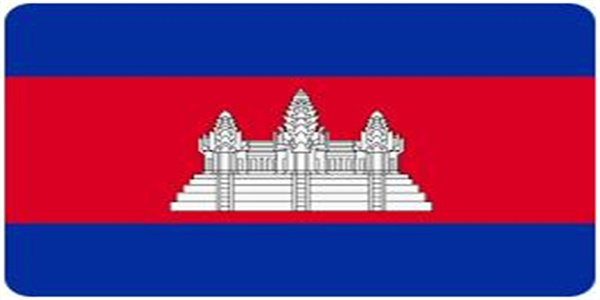Composite Geomembrane
Specification:** 50m × 4m
Applications of Composite Geomembrane:
1. **Earth dams**, **rock-fill dams**, **masonry dams**, and **pressure-dispersing concrete dams** for impermeability;
2. Horizontal impermeable covers in front of embankments and dams, and vertical impermeable layers in foundation pits;
3. **Tailings dams**, **sewage reservoir dams**, and reservoir areas for waterproofing;
4. **Construction cofferdams** for temporary waterproofing isolation;
5. **Channels**, **liquid storage pits** (including trenches and sumps) for waterproofing;
6. **Waste material sites** for waterproofing and impermeability;
7. **Subway**, **basements**, **tunnels** (including tunnels) for waterproofing linings;
8. **Highways**, **expressways**, **railway foundations** for waterproofing;
9. **Saltwater prevention** in foundation and other soil structures;
10. **Waterproofing layers** for **expansive soils** and **collapse-prone yellow soils**;
11. **Roof leakage prevention**.
Specifications of Composite Geomembrane:
- **Product Types:**
- **Two fabrics one membrane**: Geomembrane with protective geotextile on both sides.
- **One fabric one membrane**: Geomembrane with protective geotextile on one side.
- **Width:** 4m—6m
- **Specification:**
- **Membrane Thickness:** From 0.2mm to 0.8mm
- **Geotextile Thickness:** From 100g/m² to 800g/m²
Composite geomembrane, with its superior impermeability performance, is widely used in water impermeability, seepage control, and moisture protection in various engineering applications. It is an efficient, durable, and environmentally friendly waterproof material.


**Strength Standards for Short-Fiber Needle-Punched Nonwoven Geotextile / Polyethylene Composite Geomembrane:**
| **Unit Area Mass (g/m²)** | 400 | 500 | 600 | 700 | 800 | 900 | 1000 | **Remarks** |
|---------------------------|-----|-----|-----|-----|-----|-----|------|-------------|
| **Membrane Thickness (mm)**| 0.25–0.345 | 0.3–0.5 | | | | | | |
| **Tensile Strength (KN/m)** | 5 | 7.5 | 10.0 | 12.0 | 14.0 | 16.0 | 18.0 | **Both directions (lengthwise and crosswise)** |
| **CBR Puncture Strength (KN)** | 1.1 | 1.5 | 1.9 | 2.2 | 2.5 | 2.8 | 3.0 | |
| **Note**: If the actual specification falls between adjacent values in the table, the relevant evaluation indices are calculated by interpolation. For specifications outside the range of the table and for other processes or structures, the evaluation criteria are determined by design or by mutual agreement between the supplier and the customer.
### Basic Technical Requirements:
| **Item No.** | **Project** | **Indicator** | **Tolerance (%)** |
|--------------|-------------------------|-------------------------------------|-------------------|
| 1 | Unit Area Mass (g/m²) | As per design or contract stipulations | -10 |
| 2 | Width (cm) | As per design or contract stipulations | -1.0 |
| 3 | Tensile Strength (KN/m) | As per design or contract stipulations | -5 **(both directions)** |
| 4 | Elongation at Tear (%) | As per design requirements | 30–100 **(both directions)** |
| 5 | Tear Strength (KN) | As per design or contract stipulations | -8 **(both directions)** |
| 6 | CBR Puncture Strength (KN) | As per design or contract stipulations | -5 |
| 7 | Peel Strength (N/cm) | 6 | Not lower than the standard |
| 8 | Resistance to Hydrostatic Pressure (MPa) | As per design or contract stipulations | Not lower than the standard |
| 9 | Permeability Coefficient (cm/s) | As per design or contract stipulations | Meets design requirements |
### Notes:
1) The strength requirements for common short-fiber needle-punched nonwoven geotextile / polyethylene composite geomembranes are according to Table 2.
2) If the sample is difficult to predict for peeling and does not reach the specified peel strength due to substrate or membrane rupture, it is considered to meet the requirements.






 " />
" />